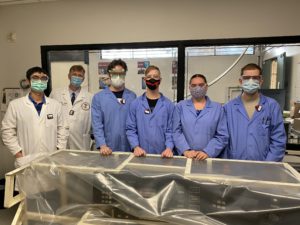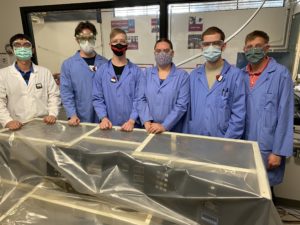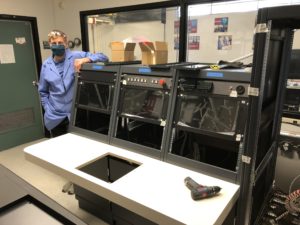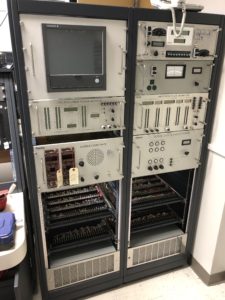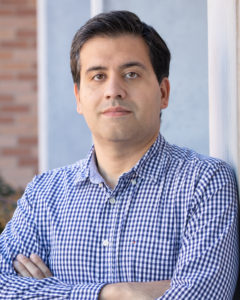In 1975, the Department of Civil and Environmental Engineer at the University of Utah got a TRIGA (Training, Research, Isotopes, General Atomics) Reactor to further research regarding Nuclear Engineering. Since then, the Nuclear Engineering program at the U has collaborated with various entities to conduct research using the reactor.
Faculty within the Department of Civil and Environmental Engineering received grants to upgrade the reactor systems. Starting in mid-October 2020, the TRIGA’s console was replaced. “This is a major modification; the system was paid for by a reactor development grant from the Department of Energy awarded in 2017-2018, and required a major design implementation to preserve analog control of all safety related control channels, augmented by digital data and displays.” Department of Civil and Environmental Engineering Professor Glenn Sjoden said.
The new reactor console will be installed early November 2020.
